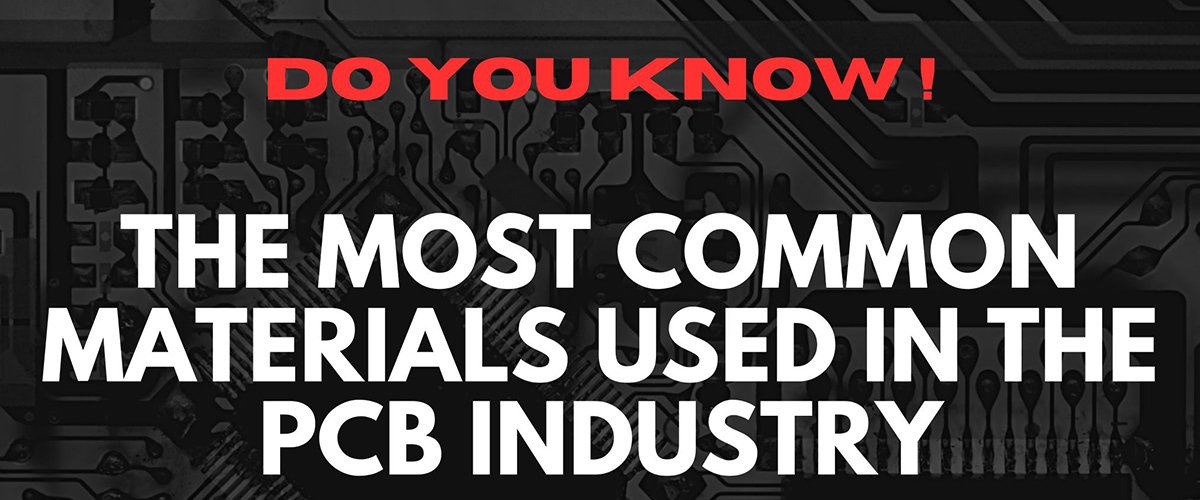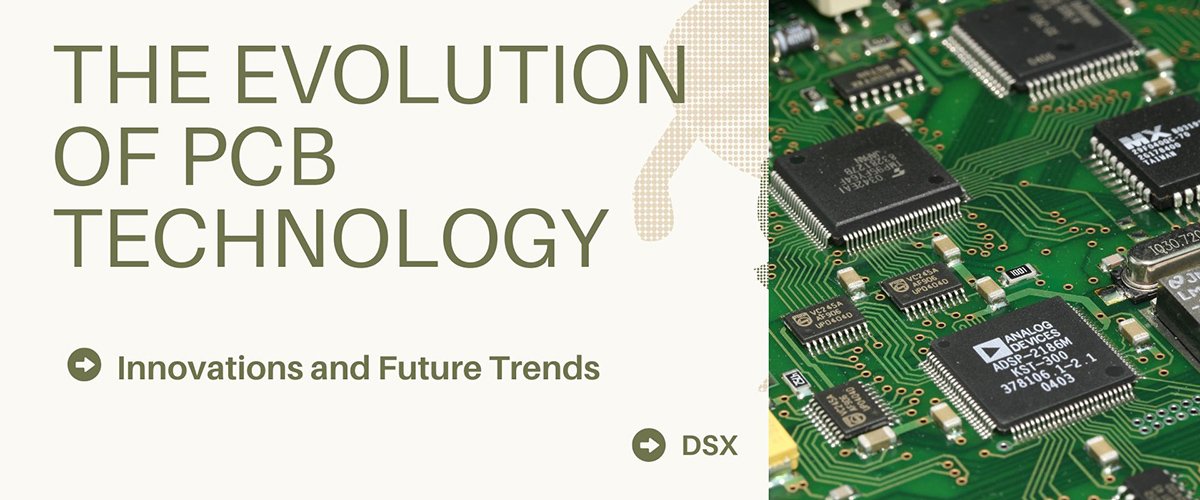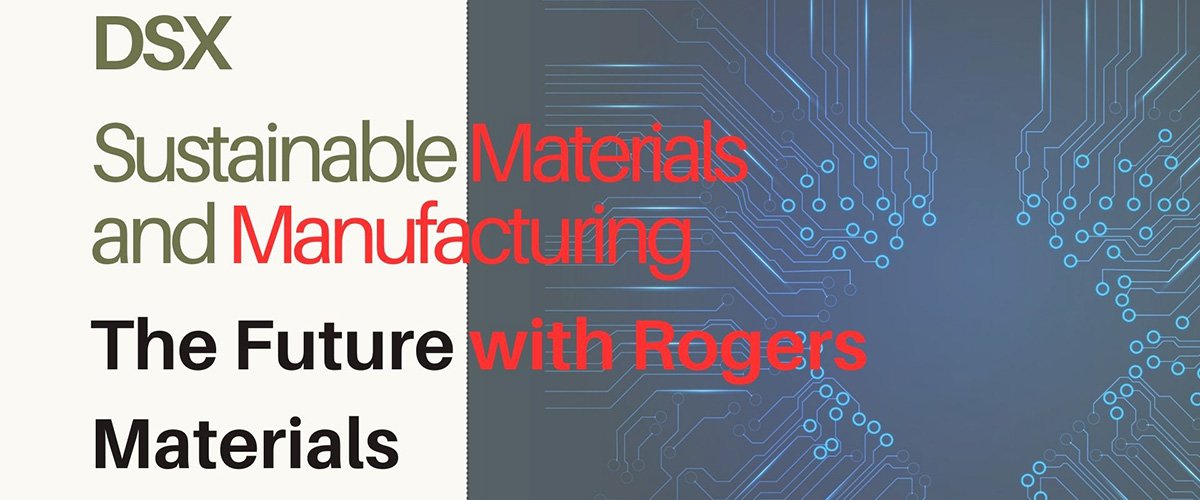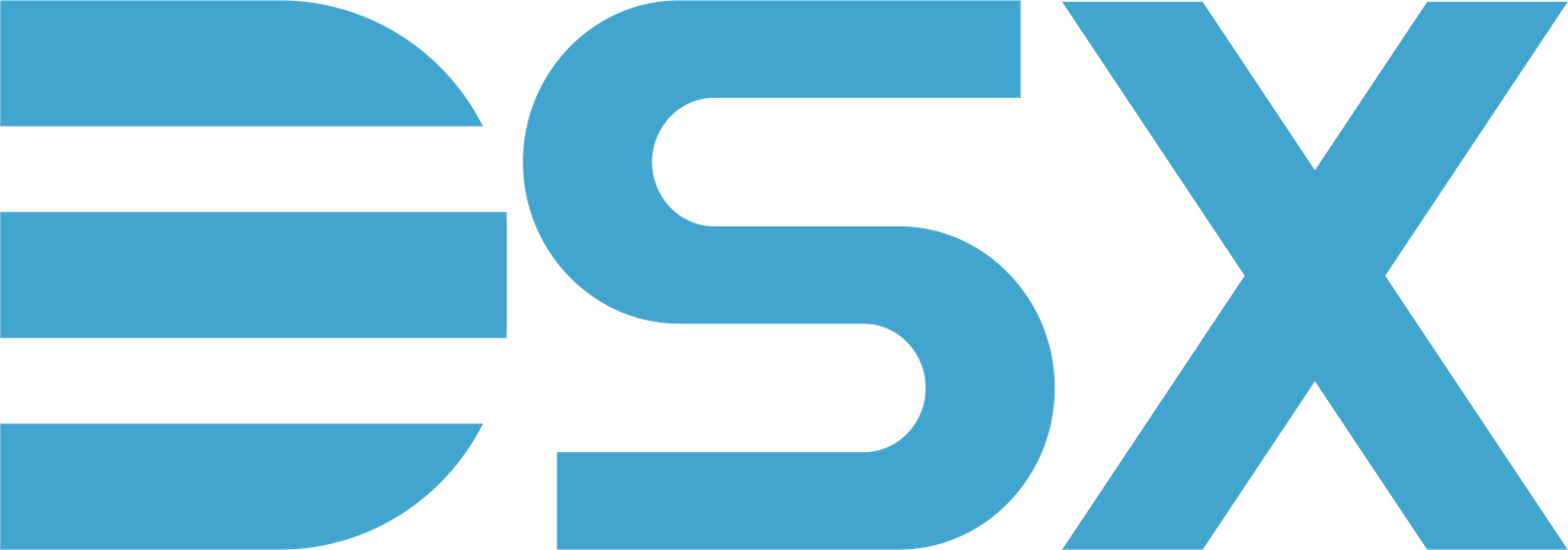The Most Common Materials Used in the PCB Industry

Printed Circuit Boards (PCBs) are the backbone of modern electronic devices, providing a platform for mounting and connecting electronic components. The materials used in PCB manufacturing are crucial in determining the board's performance, durability, and functionality. Each component and material serve a specific role, ensuring the PCB performs reliably under varying environmental and operational conditions. In this article, we will explore the most commonly used materials in the PCB industry and describe their properties and applications.
1. Copper (Cu): The Conductor of Electricity
Role in PCB: Copper is the most fundamental material in PCB manufacturing, primarily used for the conductive traces that connect components on the board. These copper traces allow electrical signals to flow through the PCB, enabling the operation of the electronic device.
Properties:
- High electrical conductivity
- Excellent thermal conductivity
- Malleability and ductility, allowing for intricate trace patterns
Applications: Copper is used in all PCBs to create the interconnections between components. Whether for consumer electronics, medical devices, or automotive systems, copper is integral to the functionality of the board.
2. FR4 (Flame Retardant 4): The Most Common Substrate Material
Role in PCB: FR4 is the most widely used substrate material for PCBs. It is a composite of woven glass fibers and epoxy resin. The material is known for its excellent mechanical properties and insulating capabilities, making it suitable for a wide range of applications.
Properties:
- High strength and rigidity
- Excellent electrical insulation properties
- Flame retardant (hence the "FR" in the name)
- Available in different thicknesses for varying performance needs
Applications: FR4 is used for a broad spectrum of applications, including consumer electronics, automotive systems, and industrial machinery. It is the go-to material for standard, rigid PCBs and is often the default choice for most PCB designs due to its balance of performance and cost.
3. CEM-1 and CEM-3: Cost-Effective Alternatives
Role in PCB: CEM (Composite Epoxy Material) boards, such as CEM-1 and CEM-3, are lower-cost alternatives to FR4. CEM-1 consists of a single layer of paper-based substrate with an epoxy resin, while CEM-3 is made of a glass-fiber-reinforced epoxy resin. These materials are typically used in applications that do not demand high levels of thermal stability or electrical performance.
Properties:
- CEM-1 is more cost-effective but has lower mechanical and electrical properties compared to FR4.
- CEM-3 is more robust and offers better thermal and electrical performance than CEM-1 but is still less expensive than FR4.
- Both materials are easy to process and suitable for high-volume production.
Applications: CEM-1 and CEM-3 are used in budget-conscious designs, such as consumer electronics (e.g., remote controls and basic appliances) where high thermal resistance is not crucial.
4. Polyimide (PI): Flexibility Meets Durability
Role in PCB: Polyimide is a key material for flexible PCBs (FPCBs) and rigid-flex PCBs, which combine the flexibility of polyimide with rigid areas for component mounting. This material can withstand high temperatures and is highly flexible, making it ideal for applications that require bending, folding, or stretching.
Properties:
- High thermal stability (can withstand temperatures up to 250°C)
- Excellent electrical insulation properties
- Great flexibility, ideal for curved or foldable designs
Applications: Polyimide is commonly used in flexible and rigid-flex PCBs for industries such as telecommunications, automotive, wearables, and medical devices, where compact and lightweight designs are crucial.
5. Aluminum (Al): Thermal Management for High-Power Applications
Role in PCB: Aluminum is used in Metal Core PCBs (MCPCBs) where effective heat dissipation is essential. These PCBs are designed with a metal substrate (usually aluminum) to help manage heat generated by high-power components, especially in LED circuits and power electronics.
Properties:
- Excellent thermal conductivity
- Lightweight and durable
- Good electrical insulation (when used with specific insulating materials)
Applications: Aluminum PCBs are used in high-power applications like LED lighting, power supplies, automotive electronics, and other areas where thermal management is critical. The metal core helps prevent overheating and ensures the reliability of high-performance devices.
6. Ceramic: High Performance in Extreme Conditions
Role in PCB: Ceramic substrates are used in high-performance, high-frequency applications, such as RF (radio frequency) circuits, microwave circuits, and other specialized applications where high thermal conductivity and low thermal expansion are required.
Properties:
- Excellent thermal conductivity and heat dissipation
- High mechanical strength and stability under extreme conditions
- Superior electrical insulation properties
Applications: Ceramic PCBs are commonly used in industries like telecommunications, aerospace, and military applications, where performance at high frequencies and in extreme temperatures is necessary.
7. Soldermask (Epoxy or Liquid): Protective Layer for Reliability
Role in PCB: Soldermask is a protective coating applied to the PCB to prevent solder bridges, corrosion, and short circuits. It insulates the copper traces from external elements, reducing the risk of damage during assembly and use.
Properties:
- Insulating, non-conductive layer
- Available in different colors, with green being the most common
- Provides protection against oxidation and environmental damage
Applications: Soldermask is used on almost all PCBs, from consumer electronics to automotive and industrial systems. It is essential for protecting the integrity of the PCB and ensuring that components are safely soldered onto the board.
8. Silkscreen (Ink): Marking and Identification
Role in PCB: Silkscreen ink is used to print labels, text, and symbols on the PCB to indicate the locations of components, test points, and other necessary details. This layer helps assembly technicians identify components quickly during the production process and aids in troubleshooting during maintenance.
Properties:
- Epoxy-based ink
- Durable and legible even after exposure to heat and chemicals
- Available in various colors
Applications: Silkscreen is applied to all PCBs, especially those that will be assembled and maintained in the field. It is crucial for identifying component placement and ensuring proper assembly.
9. Teflon (PTFE): The Material for High-Frequency PCBs
Role in PCB: Teflon, or PTFE (polytetrafluoroethylene), is used in specialized PCBs that require low dielectric loss and stable performance at high frequencies. Teflon's unique properties make it ideal for applications involving RF signals, such as satellite systems and radar technology.
Properties:
- Extremely low dielectric constant
- Excellent chemical stability and heat resistance
- Low friction and good electrical insulation properties
Applications: Teflon is primarily used in high-performance RF PCBs for telecommunications, aerospace, and military applications, where minimizing signal loss and maintaining signal integrity is crucial.
The materials used in the PCB industry play a vital role in the performance, durability, and functionality of electronic devices. From copper, the primary conductor, to advanced materials like Teflon and ceramic for specialized applications, each material serves a specific purpose to meet the diverse needs of modern electronics. Understanding the properties and applications of these materials helps manufacturers make informed decisions about which materials to use for specific types of PCBs, ensuring reliable and efficient devices for consumers worldwide.
 The Evolution of PCB Technolog
The Evolution of PCB Technolog
 Top 6 PCB Industry Trends Shap
Top 6 PCB Industry Trends Shap
 Sustainable Materials and Manu
Sustainable Materials and Manu
 The Impact of DeepSeek, NVIDIA
The Impact of DeepSeek, NVIDIA
